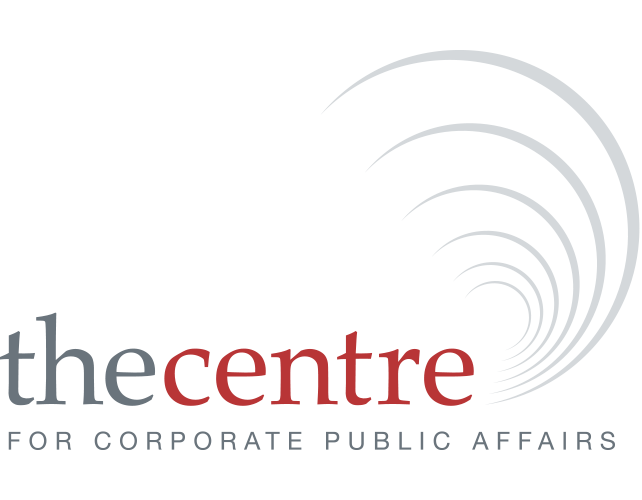Knowledge Centre
Items on this page are a taste only of the thousands of articles, podcasts, and videos housed in our Knowledge CentrePlease login for full access. If your organisation is a Centre member and you do not have log in details, please email thecentre@accpa.com.au. If you have forgotten your password, you can reset it here.
How — and when — should companies engage in the political process?
Ed Dolan, Harvard Business ReviewHow should companies participate in politics? For all the discussion about the social responsibilities of the corporation, there’s been less discussion of how and whether companies should influence government. A new set of principles from the Erb Institute of the University of Michigan suggests some...
Managing the new tensions of hybrid work
Jonathan Trevor and Matthias Holweg, MIT SloanLeaders are meeting employee demands for more flexible work arrangements amid concerns over the impact on organisational culture and innovation capability.
Working from home immoral? A lesson in ethics, and history, for Elon Musk
Dale Tweedie, The ConversationFor most of human history, working from home has been normal. It’s the modern factory and office that are the oddities.
Building an effective cybersecurity training program
Dustin Updyke, Harvard Business ReviewJust as sports teams practice and train for upcoming games, your organization should be constantly and consistently practicing and training for cybersecurity events, building the muscles and skills they’ll need to respond when a cyber-attack inevitably happens. Planning and scheduling training and exercise is...
Three steps for creating and implementing a stakeholder strategy
Darrell Rigby, Zach First, and François Faelli, Harvard Business ReviewThree years after the Business Roundtable urged companies to abandon a singular focus on maximizing shareholder value and, instead, strive to generate value for all stakeholders, many corporate leaders are still reluctant to do so.
Where to focus your company’s limited cybersecurity budget
Adam Isles, Harvard Business ReviewWith the threat of recession looming, chief information security officers (CISOs) will increasingly see cybersecurity budgets constrained. So how can companies focus their limited cybersecurity investments on the controls that matter most? This article breaks cybersecurity investments into three categories: 1)...
When great minds don’t think alike
Temple Grandin, Harvard Business ReviewAs organisations strive to make their workforces more diverse with respect to race, gender equity, and people with disabilities, leaders need to apply these same strategies to employees with different kinds of minds. The author, who has more than 50 years of experience in industry and academia, explains how she...
With burnout on the rise, what can companies do about it?
Dawn Klinghoffer and Katie Kirkpatrick-Husk, MIT SloanWorkforce data highlights the need to understand burnout, measure its dimensions, and identify actions for managers and employees to mitigate its effects.
How to create a stakeholder strategy
Darrell Rigby, Zach First, and Dunigan O’Keeffe, Harvard Business ReviewMost people will readily agree that the first responsibility of business leaders is to grow the long-term value of their companies. But that’s where the agreement ends and the debate begins:
Employees are losing patience with change initiatives
Cian O Morain and Peter Aykens, Harvard Business ReviewIn 2022, the average employee experienced 10 planned enterprise changes — such as a restructure to achieve efficiencies, a culture transformation to unlock new ways of working, or the replacement of a legacy tech system — up from two in 2016. While more change is coming, the workforce has hit a wall: A Gartner...
